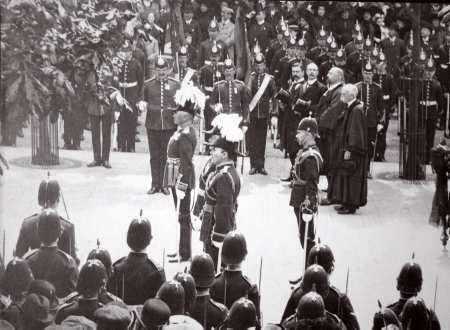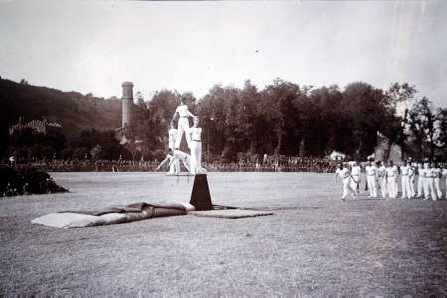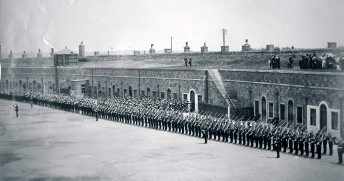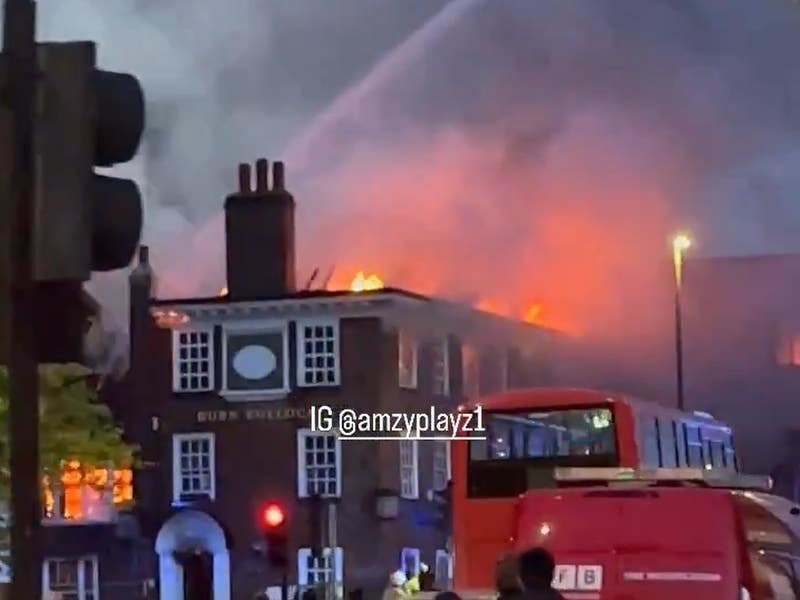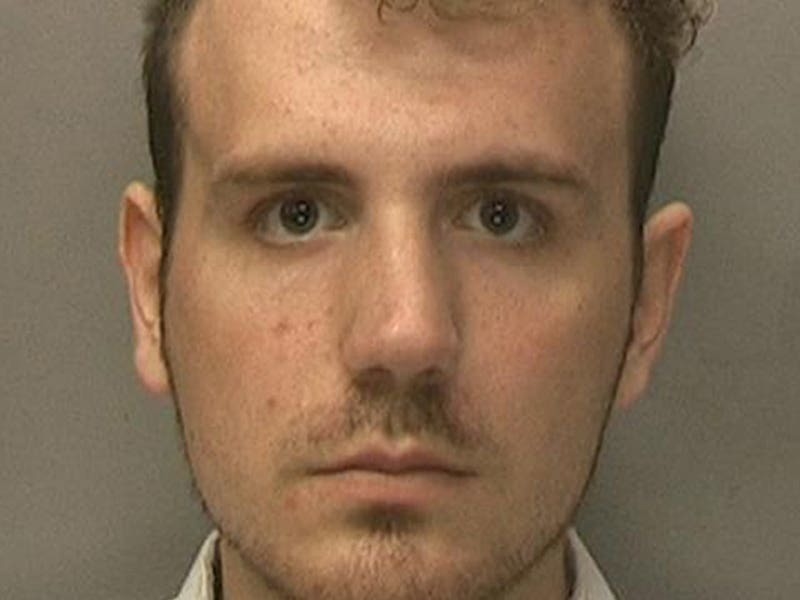OVER the years there has been much argument over what Fort Regent should be used for but in 1908 there was no such debate.
While leafing through a Evening Post Almanac of 1955, JEP reader Barrie Bertram discovered, after a few calculations, that yesterday was the 100th anniversary of the arrival of the 2nd Battalion, King’s Own Royal Lancaster Regiment in Jersey as the British Army’s garrison battalion.
Mr Bertram has passed on his findings to the JEP and with the help of the regiment’s museum curator, Peter Donnelly, he has unearthed some wonderful pictures of the regiment arriving at Fort Regent and on duty around the world.
The King’s Own was originally formed in 1680 as The Earl of Plymouth’s Regiment of Foot for Tangier.
It had a number of name changes, eventually settling with the King’s Own in 1881.
The regiment was the fourth most senior of the line infantry regiments and its list of battle honours was considerable, from Sedgemoor and Salamanca to Sevastapol and Spion Kop.
Between 1703 and 1710 it had also been a Marine regiment and was involved in the capture of Gibraltar. The regiment was large enough to have two battalions, the 2nd being formed in 1857. Consequently, it did not have to be amalgamated, as did many other Regiments of Foot in 1881, to produce two regular battalions for each new ‘county’ regiment.
The reorganisation of the regiments was designed to create a sense of identity within each regiment to a particular area of the UK and also established a well-defined area for recruitment. It also enabled regiments to have one battalion on foreign service at the same time as the other was on home service.
During the period, the 2nd Battalion of the King’s Own was lodged in Fort Regent, the 1st Battalion was stationed at Lucknow in India.
The battalions that garrisoned Jersey were a vibrant part of the local community, with frequent band concerts and a full involvement in the sporting calendar.
Mr Bertram writes that even though many of the soldiers were ‘shilling-a-day’ men, their presence would have benefitted the economy to the annual tune of £2 to £3 million at today’s prices.
‘This was a fact that local traders realised all too well,’ he wrote. ‘This was especially so when there had been a gap in the military’s presence for thirteen months in 1904 and 1905, thanks to an alleged ‘jeering’ States of Jersey failing to take on board Army Council recommendations as to funding Jersey’s Militia, and the War Office then withdrawing the battalion.’
According to Mr Bertram, the battalions were welcomed socially. A number of soldiers – both officer class and below – found themselves getting wed to young Jersey ladies.
The commanding officer of one battalion was even forced to express his official concern that young ladies were enticing his men from the St Peter’s Barracks detachment onto St Ouen’s Bay.
Mr Bertram writes that walking out in civilian clothing was forbidden but that most ranks would not have been able to afford to do so anyway.
‘However, in their red tunics, with belts blanco’ed and brasses burnished, the men presented a stirring sight on the regular church parades as they were marched from Fort to town and back, behind their band.
‘Undoubtedly this helped the recruiting sergeant do his job, for over the years, a steady stream of Jerseymen sought to join regiments that were stationed at the Fort,’ he wrote.
AMONG the Jersey names appearing in service for The King’s Own were Corporal Adolphus Aubert, who was killed near Arras in April 1917, and Thomas Beuzeval, who rose to the position of Company Quartermaster Sergeant, and who was awarded the Military Medal.
There was also Captain Hugh JT de Carteret, an Old Victorian who appears to have spent practically all of the First World War as a prisoner of war, although at the time of capture in 1914, he was serving with another Lancashire-based regiment.
The 2nd Battalion was replaced by the 1st Battalion of the Devonshire Regiment on 26 September 1911, and the King’s Own set sail for India in November 1912, having first gone to Dover for the intervening period.
Mr Bertram wrote that their time in India was brief and they returned to Europe and the trenches of France and Flanders in January 1915.
Our thanks go to Mr Bertram and Mr Donnelly, the curator of the Regimental Museum in Lancaster.
For more information about the King’s Own go to www.kingsownmuseum.plus.com.nextpage
